All about chestnuts
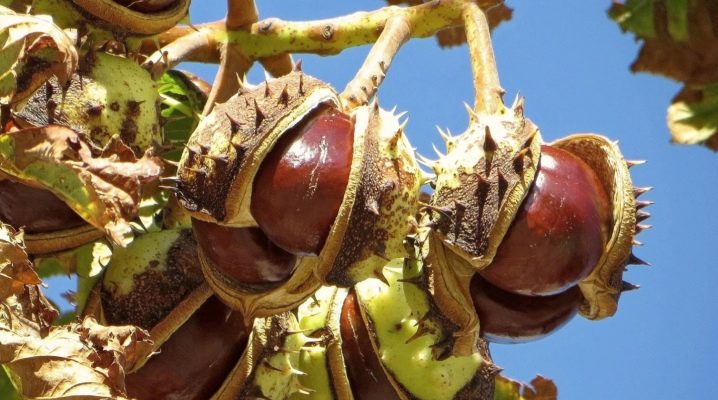
Chestnut is a tall tree with a dense crown. It looks spectacular and beautiful, which is why it is often used in landscape design. Adult chestnuts become a real decoration of streets, gardens and parks.
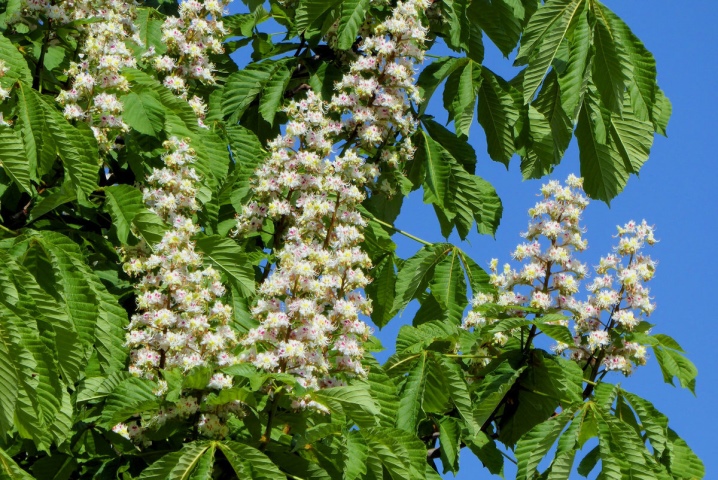
What it is?
Chestnut belongs to the beech family. This tree can reach a height of 30 meters. Its trunk is smooth and beautiful. The same can be said about its crown. She looks attractive at any time of the year. It is decorated with dark green foliage.
In May or June, the chestnut blooms. The description of this process is found in many poems and books, because the flowering chestnuts look very beautiful. His flowers can be white or pale pink. They are collected in large cone-shaped inflorescences. The flowering of the chestnut lasts a long time. This process usually takes about three weeks.
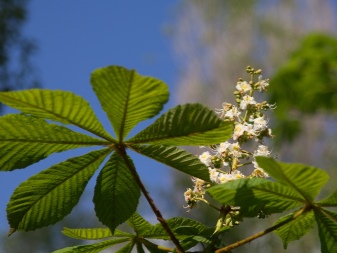
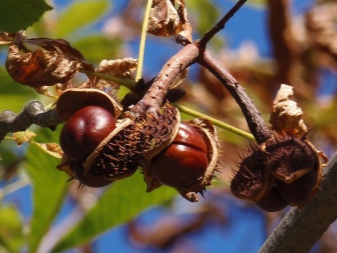
Fruits appear on the tree in autumn. They look like small balls covered with thorns. After the fruits are ripe, they fall to the ground. The darkened box opens, dark nuts fall out. They have a flattened shape and dark skin.
The root system of such plants is quite powerful. The chestnut does not grow too quickly. The growth rate of a tree depends on which variety was chosen, as well as on the characteristics of its care. As a rule, at the age of 3-4 years, the plant reaches a meter in height. It begins to bloom and bear fruit at the age of 10. The common chestnut lives for a long time, about 200-400 years.
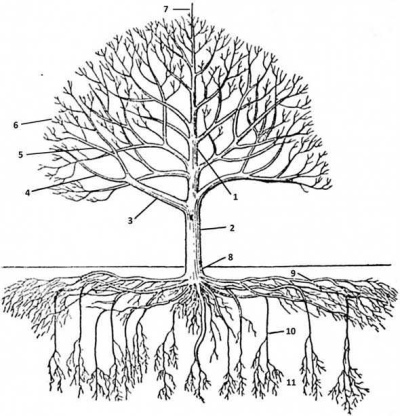
Spreading
Various types of chestnuts are found in Europe, Asia and America. They like a temperate climate and not too high humidity. Chestnuts can even grow in mountainous areas.
Trees are popular in Asian countries such as Korea, Japan and China. Edible chestnuts are popular in Europe. They are especially loved in Italy and France. There are only a few types of chestnuts in Russia. The most popular of them are equine and noble.
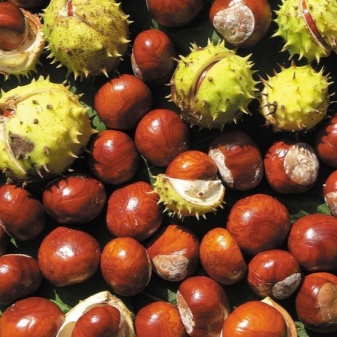

Popular types
In total, there are more than fifteen different varieties of this tree in the world. Each type of chestnut has its own characteristics.
Chinese
This decorative chestnut is relatively low in height. On average, this tree grows up to 15-17 meters. His crown is large and beautiful. Such chestnuts are also often called Caucasian.
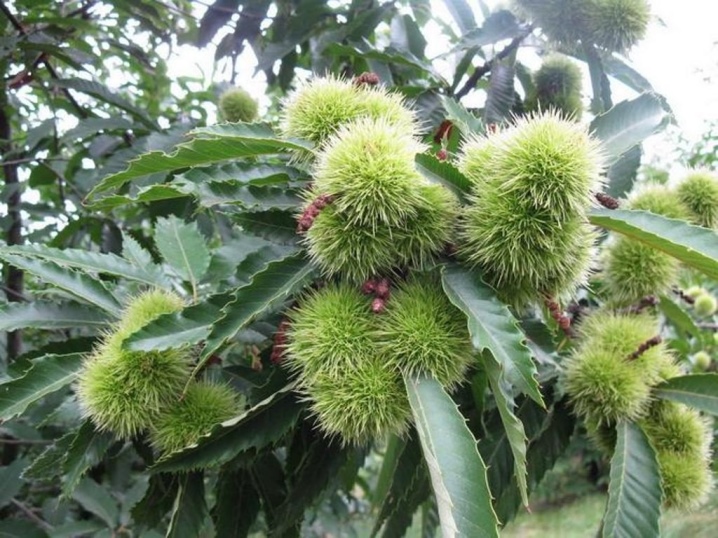
American
It is a tall tree with dark brown bark. The entire surface of the trunk is covered with deep grooves. The crown of such a chestnut is thick and beautiful, and the branches are thick. The shape of the leaves is correct. Therefore, the crown of the American chestnut looks very attractive.
The fruits of this garden plant are edible. One green box with long thorns contains several nuts at once. They are considered a real delicacy in many countries.
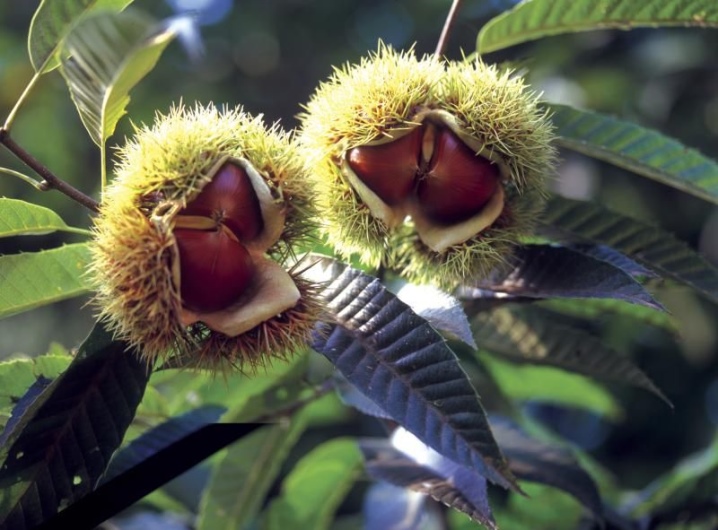
European
This is a very large tree, which reaches a height of 30-35 meters. This type of chestnut is also known as noble or edible. Its fruits can also be eaten.
The tree looks very attractive. It has a neat crown covered with leaves with pointed teeth. Their color is dark. The chestnut crown looks beautiful at any time of the year. The tree blooms in June. The fruits ripen on it at the end of the second autumn month. Their taste is very pleasant.
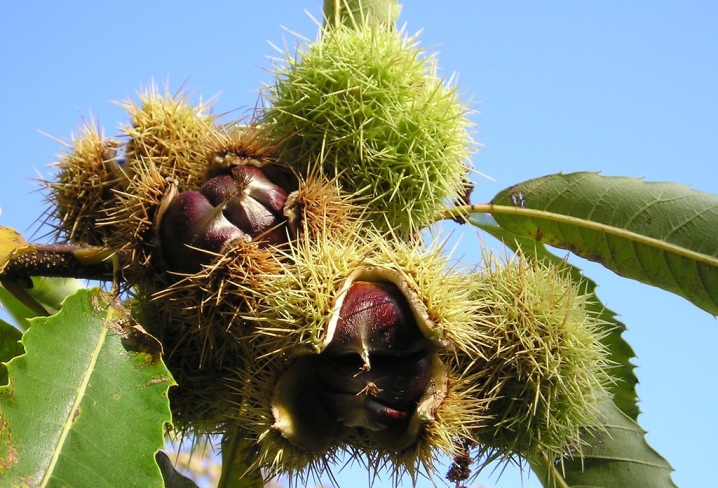
Sweet nuts can be fried, boiled, baked, and also used to make breads or desserts.
Japanese
In nature, this tree can be found in China, Korea and Japan. It grows very quickly.Already 3-4 years after planting, the tree begins to bear fruit. This happens in the middle of autumn. The fruits of such a chestnut are large and heavy. They can also be eaten.

Horse
This chestnut is decorative. The tree looks most beautiful in spring. It usually blooms in May. This tree is picky and is often planted in public lots and along roads.
Today, there are several varieties of horse chestnut.
- Pink. This tree can be recognized by its dark green foliage and pink blossoms. His crown is thick, has a neat elongated shape. These chestnuts are often planted along roads.
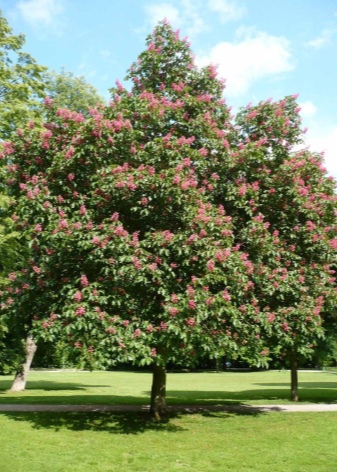
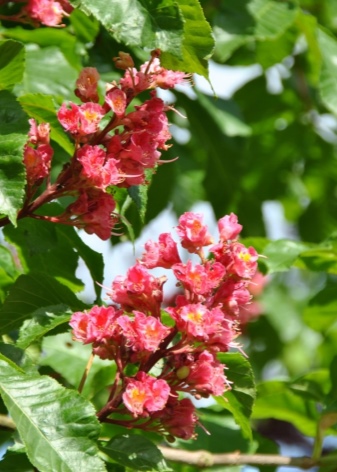
- Small-colored. This chestnut is short and tidy. The dwarf chestnut blooms in mid-summer. His flowers are small. They are collected in inflorescences extended upwards.
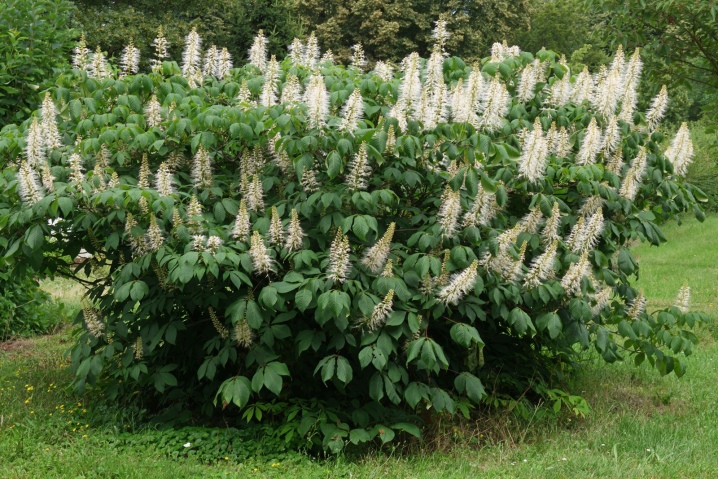
- Ordinary. Such trees are found both in the city and in the wild. Their crown is round and thick. This chestnut is an excellent honey plant.
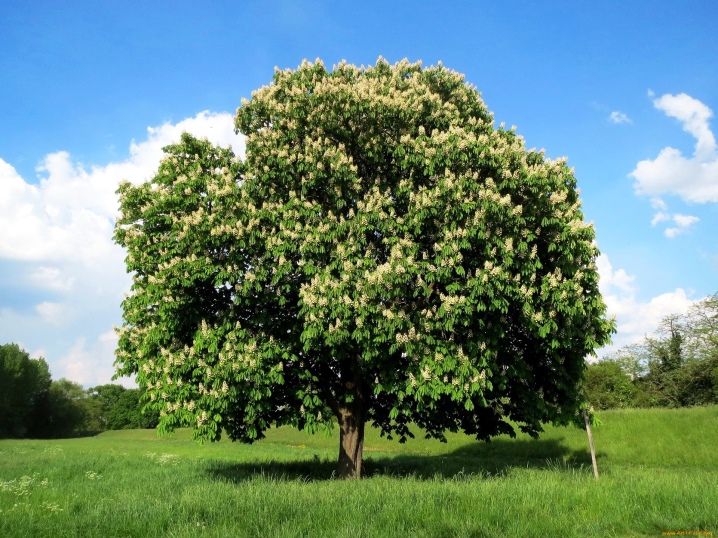
- Indian. Such trees are decorated with graceful foliage with sharp edges. The flowers of Indian chestnuts are not only light pink, but also white and yellow.
Their fruits are large, and the green boxes are covered with large thorns.
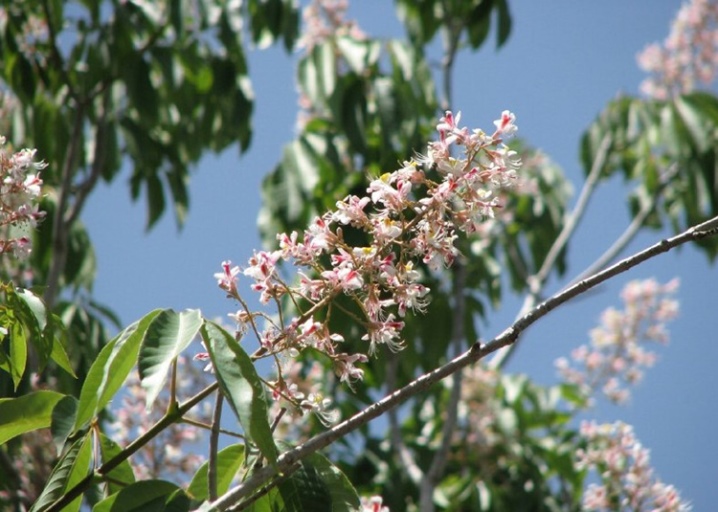
All these varieties are unpretentious in care.
Red
This tree is also called pavia. It grows up to 10 meters in height. Chestnut is found naturally in the eastern part of America. In spring and summer, the crown of the tree is covered with red flowers.
Such chestnuts are the most whimsical. It is recommended to plant them only in well-lit areas, and also to feed them regularly.
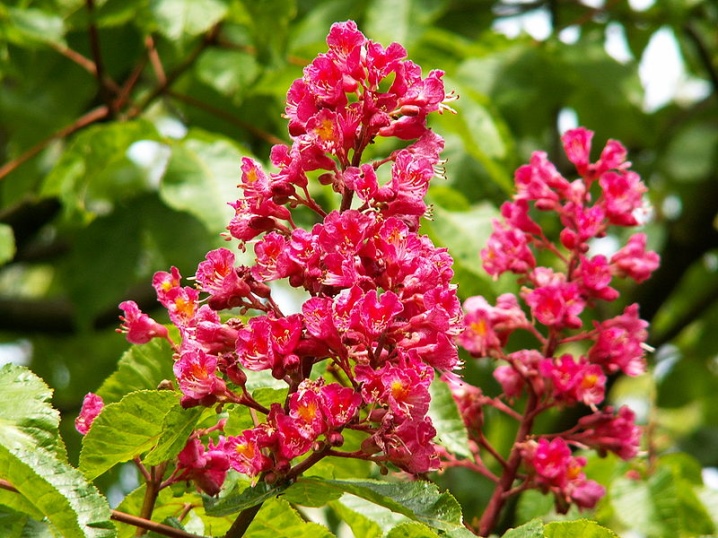
Landing
Planting a tree is recommended in autumn or early spring. For planting chestnuts, it is recommended to choose a sunny area. In the shade, it will develop slowly and bloom not as beautifully as we would like. When choosing a place, you need to consider how much this plant will grow. It is worth leaving 5-6 meters of free space around the young chestnut.
You need to carefully consider the choice of a seedling. Chestnuts at the age of 1-2 years are best suited for planting. Such seedlings take root well in a new place.
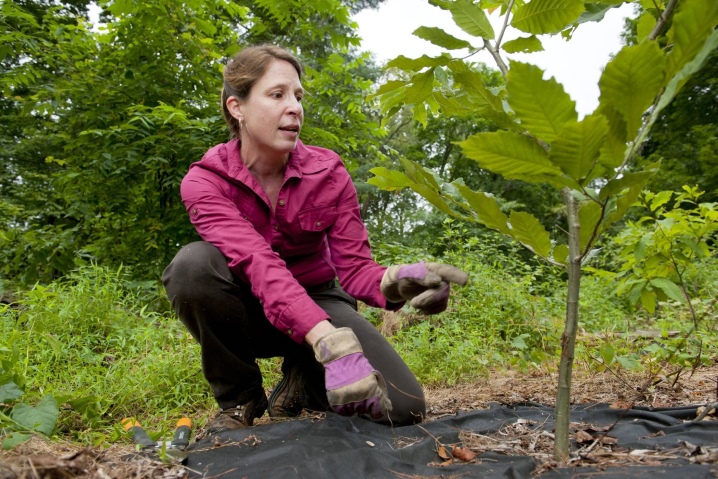
The planting hole should be quite large. In this case, the roots of the chestnut will definitely not break off when planting. The bottom of the hole must be covered with a layer of pebbles or brick chips. In order for the seedling to take root better, fertilizer must be applied to the pit. For this, humus is mixed with sand. This mixture is placed on the bottom of the pit. After that, it is watered abundantly.
Next, you need to wait until the moisture is well absorbed. A seedling must be placed in the hole. To make him more comfortable in a new place, it is also worth placing a support in the center, to which the seedling will be tied with strong ropes. After that, the young chestnut must be covered with earth. It must be well tamped and watered.
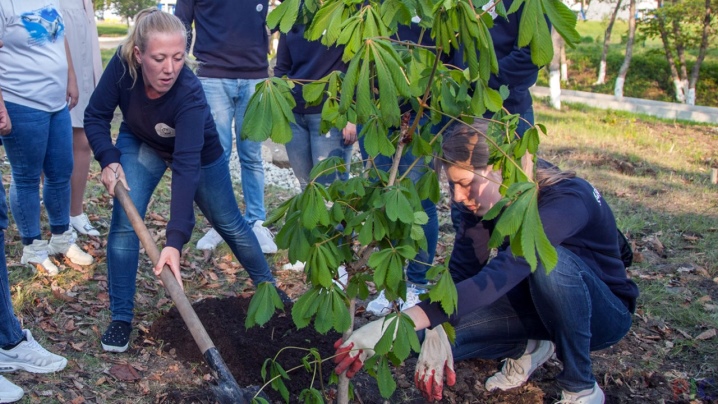
Once the seedling is strong enough, the support to which it was attached can be removed.
Care
Chestnuts are easy to care for. Most of these trees are unpretentious. Therefore, not very much time is spent on caring for them.
- Watering. Young seedlings need regular watering. Mature trees usually have enough moisture, which enters the soil with rain. Therefore, water them only if the summer is dry. It is recommended to use settled water to moisten the soil. Water the chestnuts either at dawn or late in the evening. Water must be poured directly under the root. Moisture in the near-trunk circle should not stagnate.
- Weed removal. In the first month after planting, the soil in the trunk circle must be loosened after watering, and the weeds must be removed regularly. Adult plants do not need such care.
- Mulching. This procedure allows you to retain moisture in the soil. As a rule, the tree is mulched with dry sawdust or peat. Their layer should be within 10 centimeters.
- Top dressing. For good growth and fruiting, chestnuts also need timely feeding. This is especially important for plants with edible fruits.In the spring, a small amount of urea and manure is introduced into the soil. In autumn, the chestnut can be fed with nitroammophos.
- Pruning. To form a beautiful crown, young chestnuts need to be trimmed regularly. In spring, gardeners prune young branches. In the summer, thin and weak twigs are removed. If necessary, sanitary pruning of the crown is carried out. After carrying out such a procedure, all sections must be covered with garden varnish. Adult chestnuts should also be inspected regularly and any broken, dry, or improperly growing branches removed if necessary.
- Preparing for winter. Chestnut has good frost resistance. But young seedlings for the winter still need to be covered. As a rule, they are mulched with leaves or peat. The trunks of seedlings at the age of 2-3 years are additionally wrapped in burlap, fixing it with ropes. If this is not done, cracks may appear on the bark of the tree.
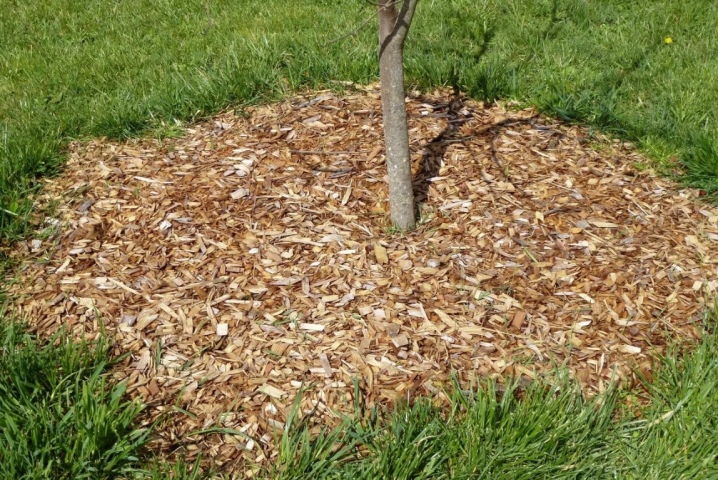
If you follow these rules, chestnuts will remain healthy and beautiful at any age.
Reproduction methods
In nature, chestnuts are usually propagated by seeds. At home, you can also use the fruits harvested in the fall for this. The time of their ripening depends on the characteristics of the variety growing on the site of the tree.
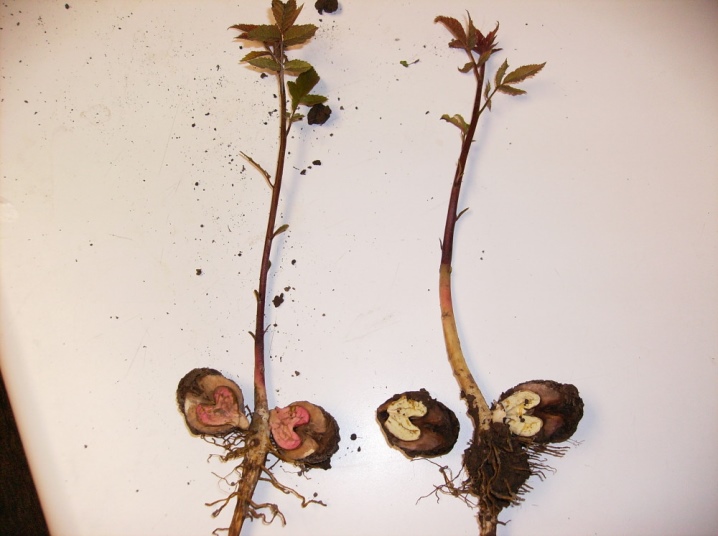
For planting, it is worth choosing undamaged fruits. They are placed in a cold place for several days to make them more resistant to frost. After that, the chestnuts are planted in the ground. Next, the desired area is covered with a dense layer of dry foliage. Ripe fruits are distinguished by good germination. Therefore, next spring a green sprout will appear on the site. 2 years after planting, the young seedling can be transplanted to another place. At this time, he already has a strong root system.
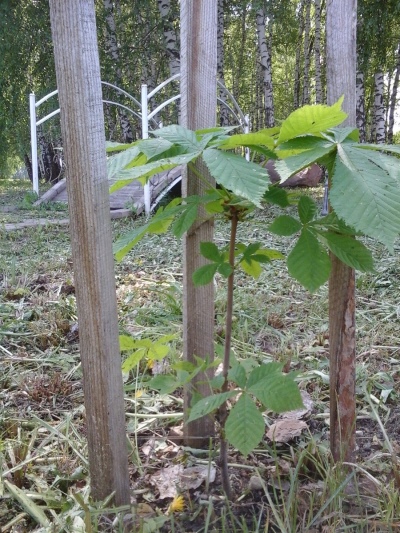
There are other breeding methods for chestnuts.
- Bygrowth. The breeding process of chestnuts by shoots also looks very simple. Young seedlings are carefully dug up. Pits of the required size are prepared in the selected area. Shoots are placed in them. The plants are sprinkled with fertile soil and watered abundantly. Shoots take root quickly, but such trees begin to bloom and bear fruit only after 5-10 years.
- Cuttings. Chestnut propagates well by cuttings. Pits for planting cuttings are prepared in the fall. They are planted in the spring. At this time, you need to cut off several branches with green leaves from the tree. In order for the cuttings to root better, the sections must be processed with Kornevin. After that, the blanks are placed in the prepared wells. Each stalk needs to be dug well and watered. Several such seedlings should be planted on the site at once. Only some of them will take root. After a year, the matured plants will need to be fed. If necessary, they can be transplanted to another site.
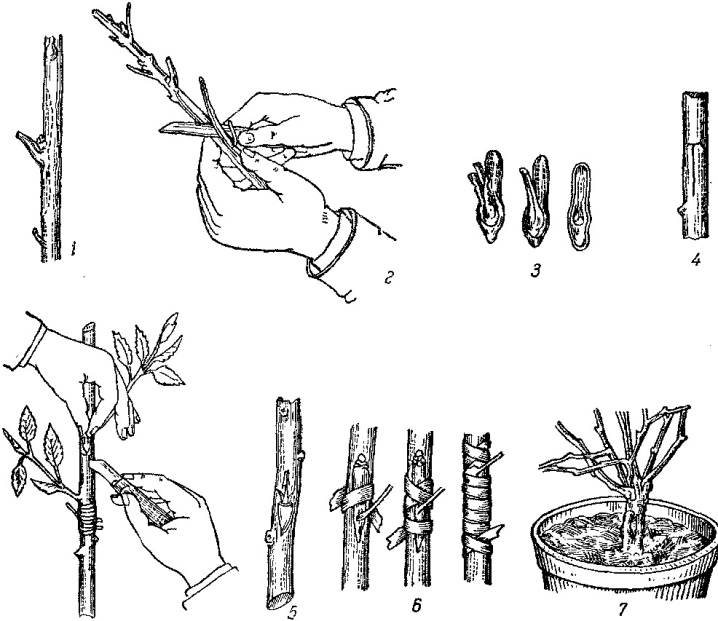
These breeding methods have both pros and cons. Therefore, everyone can choose the most suitable one for themselves.
Diseases and pests
The growth and development of chestnuts can be affected by various diseases, as well as the activity of pests. The following diseases are the most dangerous for this tree.
- Powdery mildew. This disease affects foliage. Gray-white spots appear on it. It spreads very quickly. If nothing is done, the bark of the tree starts to rot.
- Ink disease. This disease also belongs to fungal. It leads to flaking of the bark. The disease greatly weakens the tree, so it dies very quickly.
- Rust. This disease affects both the crown and the trunk of the tree. The leaves rust, and the bark is covered with brown or auburn spots. Over time, the tree begins to dry out. Therefore, having noticed that the trunk and foliage of the chestnut are covered with spots, it is worth immediately removing the affected parts of the chestnut.
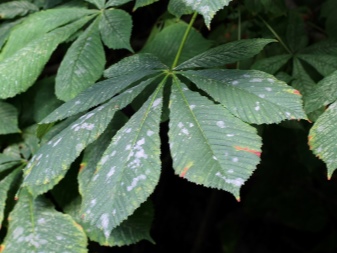
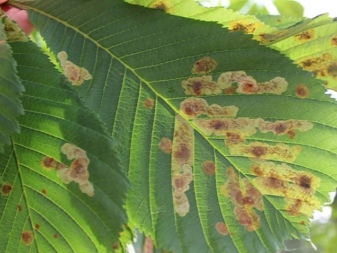
To prevent the plants from getting sick, gardeners need to adhere to the rules of agricultural technology. Having noticed signs of diseases, the tree must be treated with copper sulfate and a high-quality fungicide. All affected branches, as well as parts of the bark, must be removed.Places of cuts can be treated with garden varnish or special putty.
Insects such as weevils, aphids, nutwig or scale insects can also harm the chestnut. To combat them, insecticides are used.
You need to apply them, clearly following the instructions. Help protect trees from these pests and timely sanitary pruning, as well as mulch treatment with fungicides.
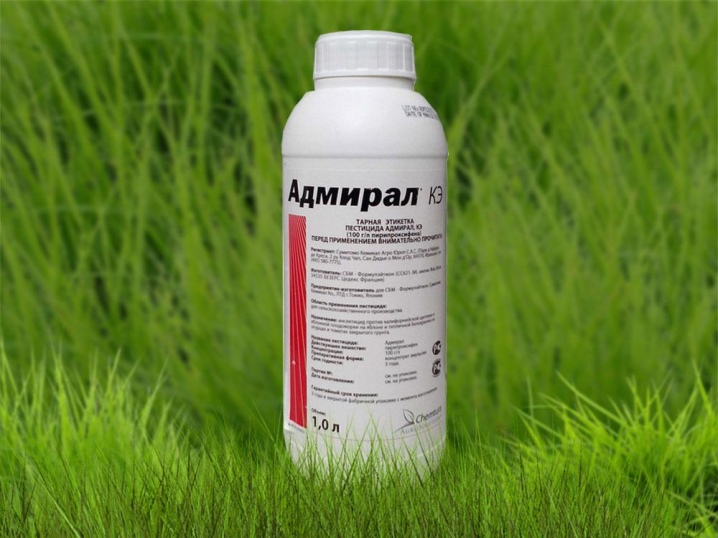
Use in landscape design
Most often, chestnuts are used for decorative purposes. They look beautiful not only during flowering, but also during the rest of the year.
Chestnuts can be planted singly or in alleys. The main thing is that there is enough free space between several trees. In addition, these plants can also be used for group plantings. They go well with birches, fir trees and acacias. Chestnuts look great against the backdrop of all these plants.
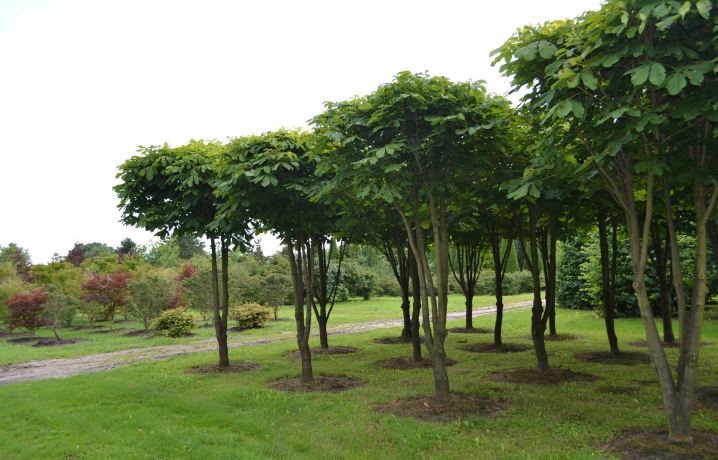



































































The comment was sent successfully.